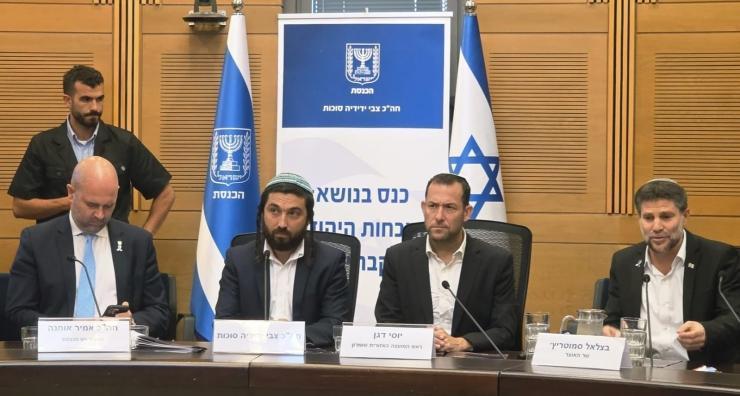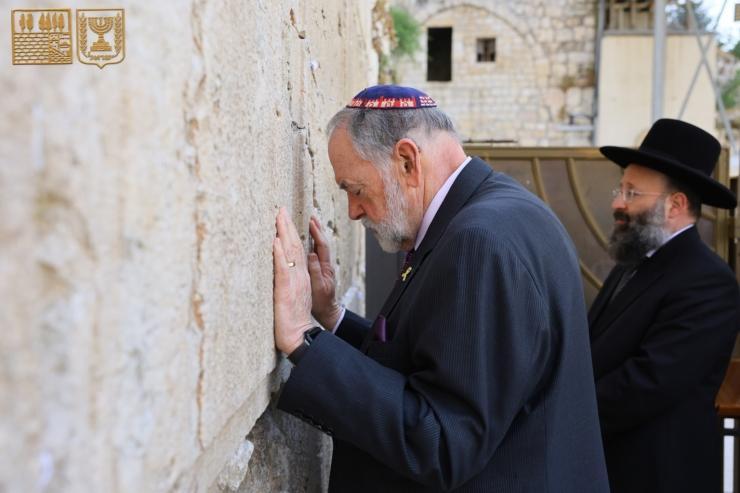How To Set Up a School Board?
From the desk of Rabbi Gershon Avtzon of Yeshivas Lubavitch – Cincinnati: I am on the committee that is tasked with setting up the administrational structure of a new educational institution in our city. Knowing that the administrational structure is essential to the success of the education in the institution, the committee has been meeting frequently with professionals to get it right. Has the Rebbe issued guidance on this very important topic? • Click to Read
Question:
I am on the committee that is tasked with setting up the administrational structure of a new educational institution in our city. Knowing that the administrational structure is essential to the success of the education in the institution, the committee has been meeting frequently with professionals to get it right. Has the Rebbe issued guidance on this very important topic?
Answer:
I would like to start by first applauding you for dedicating your time to invest in the education of the children of your city. In today’s trying times, we need “All men on deck” to overcome the unique challenges that our children are facing.
As regards your question, this topic was indeed addressed by the Rebbe and the following are some of the directives and guidelines:
GENERAL GUIDELINES:
(1) Every educational institution needs to have two separate hanhallos (empowered boards): (A) An independent hanhalla ruchnis that makes decisions regarding the spiritual and educational questions that arise. (B) A hanhalla gashmis that makes decisions about the financial issues concerning the development and upkeep of the properties of the institution.
Representatives from each committee should meet frequently and a joint committee (made up of representatives from each respective hanhalla) should be formed. (Sefer Hasichos 5749 Vol. 2, p. 701).
(2) The decisions, within each department, should be made in committee and it is wrong and nonsensical for an institution to run based on the decision-making of an individual person. (Igros Kodesh, Vol. 15, p. 15; #5340).
HANHALLA RUCHNIS
(1) One of the people on the hanhalla ruchnis should be a representative of the teachers in the school (at least in an advisory role). He will be able to present to the hanhalla the perspective of the teachers which are tasked with implementing the decisions that the committee are making. (Igros, Vol. 9, p. 11; #2630).
(2) The hanhalla ruchnis should appoint a menahel ruchni – (Director, principal). In a Lubavitcher mossad, this person — as opposed to the teachers of the institution — needs to be someone “whose roots are in the heights of Lubavitch [tradition] and that is where he received the majority of his guidance and education.” (Igros, Vol. 3, p. 481; #761).
[The above is from a letter to the famous Chassid R. Shneur Zalman Serebryanski, the Dean of the Lubavitcher Yeshivah in Australia. A fascinating excerpt from that letter, reads so: “I request that every member of the chassidic brotherhood who is fit to serve as a rosh mesivta, mashpia, or director should be very careful not to exhibit misplaced humility but rather to try with Hashem’s help, to fulfill their missions.”]
(3) The primary goal of the institution needs to be the success of the students in their learning and education. It is obvious that the one that is appointed as director should be the most capable and fitting to implement that goal. (Igros, Vol. 23; p. 262; #8884).
(4) It isn’t propper that a member of the supervising vaad haruchni should be a brother of the appointed menahel. (Igros, Vol. 23, p. 284; #8899).
HANHALLA GASHMIS
(1) It is very important that those working in the gashmius department should view themselves as part of the ruchniyus of the institution. While they may not be making the ruchniyusdike decisions, the gashmiyus has an effect on the ruchniyus. Being so, in essence they are also part of the ruchniyus and they should demand high ruchniyusdike standards from themselves. (Igros, Vol. 6, p. 6; #1534).
(2) It is important to have two people sign the checks of the institution. This helps ensure transparency and trust in the organization. (Igros, Vol. 21 p. 224; #7978)
(3) If the institution owns a property, it is never wise to sell the property to pay off debts and then need to pay monthly rents. (Igros, Vol. 32, p.15; #11134).
The Moshiach Connection:
When learning about Moshiach, we see that Chazal put a focus on the physical delights and developments that we will receive and experience. The reason it is so important that the physical life of the Jewish people improve in time of Moshiach, is because that is the sign of the truth of the Torah. If the benefits of serving Hashem are only expressed in the spiritual world, it would mean that the physical world is still a concealment of the truth of Torah. When the truth of Hashem will be revealed in the time of Moshiach, it will be expressed both in the ruchniyus and the gashmiyus.
In this light, it is the task of the hanhalos of the mosdos to put in great efforts that there not be an image that where the ruchniyus is strong, the gashmiyus is lacking. In this time “on the threshold of Geulah” every Jew is wealthy (Sichas Parshas Teruma 5752) and must work to bring out that wealth, thus ensuring that every student that comes through the gates of a Jewish educational institution should be given the finest spiritual and physical care.
158
Join ChabadInfo's News Roundup and alerts for the HOTTEST Chabad news and updates!








































